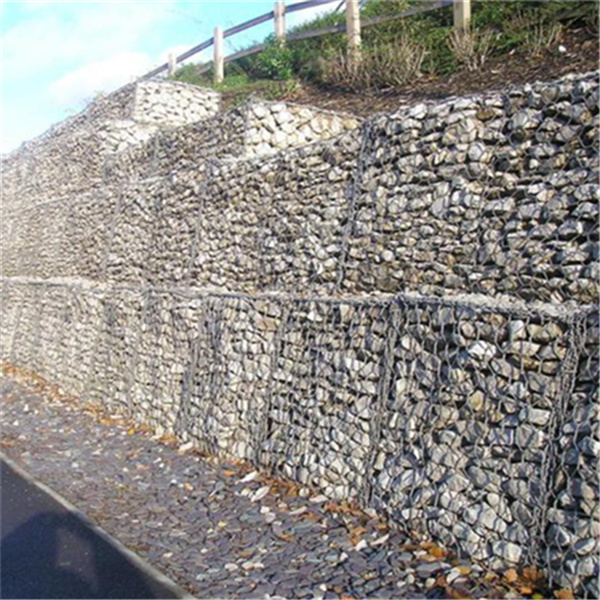តុលា . 30, 2024 17:48 Back to list
china gabion retaining wall detail
Gabion Retaining Walls An Overview
Gabion retaining walls have gained popularity in modern civil engineering and landscaping due to their aesthetic appeal and structural resilience. Composed of wire baskets or cages filled with stones, these walls offer a combination of functionality and environmental integration. This article explores the details of gabion retaining walls, focusing on their structure, applications, benefits, and design considerations.
Structure and Composition
A gabion wall is essentially a series of wire mesh containers filled with stones, rock, or other materials. These containers, known as gabions, are typically made from galvanized or coated steel wire, which ensures resistance to corrosion and increases longevity. The stones used in the gabion cages can vary in size and type, allowing for design flexibility and aesthetic customization. The filler materials are loaded into the cages and stacked to create a solid wall structure.
The design of gabion walls is often modular, meaning they can be constructed in various shapes and sizes to accommodate different site conditions and retain various soil and landscape features. The cages can be placed on a solid base, such as concrete or compacted soil, to ensure stability, especially in areas prone to erosion or heavy rainfall.
Applications
Gabion retaining walls are versatile and can serve numerous purposes. They are commonly used in the following applications
1. Erosion Control Gabion walls help prevent soil erosion by slowing down water flow and providing a stable barrier for soil retention. 2. Scenic Landscaping Their natural appearance allows gabion walls to blend seamlessly into landscapes, serving as decorative elements in gardens, parks, and residential properties.
3. Retaining Structures They are effective in stabilizing slopes and supporting raised garden beds, preventing soil movement and maintaining terraced landscapes.
4. Flood Protection Gabion walls can be strategically placed to deflect or absorb floodwaters, reducing the risk of property damage.
Benefits
china gabion retaining wall detail

Gabion retaining walls offer several advantages
1. Environmentally Friendly They utilize natural materials and can promote vegetation growth between the stones, enhancing local ecosystems.
2. Cost-Effective Compared to traditional retaining wall systems, gabion walls are often less expensive due to lower material costs and simpler construction processes.
3. Durability With proper installation, gabion walls can withstand extreme weather conditions and last several decades, making them a reliable choice for long-term projects.
4. Drainage Properties The open structure of gabion walls allows water to flow through, reducing pressure buildup behind the wall and minimizing the risk of failure.
Design Considerations
When designing a gabion retaining wall, several factors must be taken into account
1. Soil Type and Stability Assess the soil conditions where the wall will be placed to determine the appropriate design and size.
2. Wall Height and Slope Higher walls may require special reinforcement or drainage solutions to ensure stability.
3. Material Selection Choose appropriate wire mesh and fill materials that are durable and complement the surrounding landscape.
In conclusion, gabion retaining walls are an effective and visually appealing solution for various engineering and landscaping needs. Their structural integrity, environmental benefits, and versatility make them a popular choice among engineers and architects, proving that functionality can coexist with aesthetic appeal. Whether for residential gardens or large-scale infrastructure projects, gabion walls continue to be an excellent option for soil retention and erosion control.
-
Understanding Load-Bearing Capacity of Gabion Boxes
NewsJul.17,2025
-
The Importance of Corrosion-Resistant Wire in Gabion Construction
NewsJul.17,2025
-
How Gabion Boxes Prevent Soil Erosion Effectively
NewsJul.17,2025
-
Environmental Benefits of Gabion Cages
NewsJul.17,2025
-
Best Stone Types for Gabion Walls with Steps
NewsJul.17,2025
-
Benefits of Using Rock Gabion Baskets in Landscaping
NewsJul.17,2025
-
The Role of Galvanized Gabion Mesh in Riverbank Protection
NewsJun.26,2025






